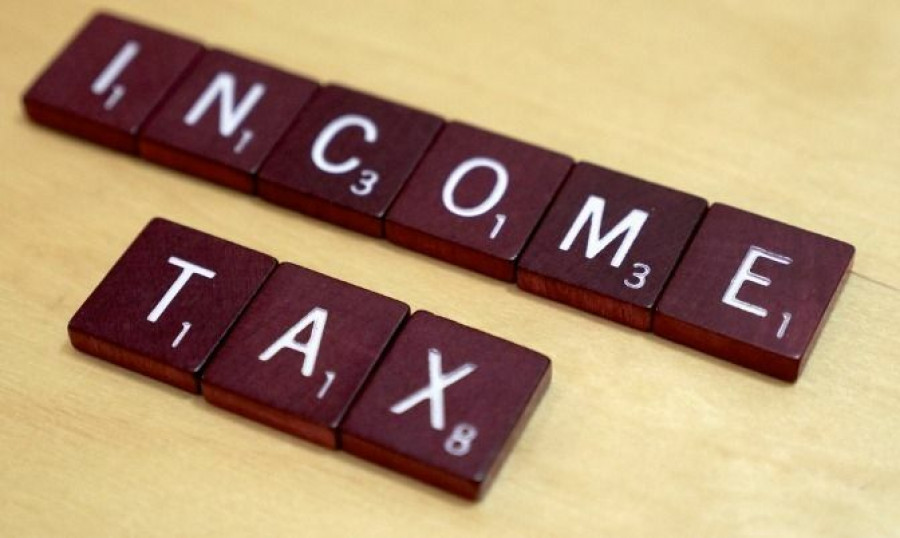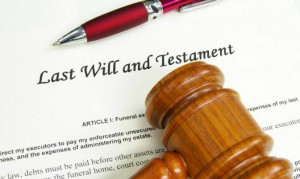Celia Meikle of Green Meikle & Smith Chartered Accountants has a quick 3-minute video tutorial on how to keep that figure as low as possible. Click and watch!
Don't have time to watch this 3 minute video? Scroll through the tips below.
• Pay reasonable salaries to family members before the year-end. This is a good example of income splitting. It reduces the business income, and could be taxed at the lowest rate, depending on their tax bracket. Remember that the family member must have performed some service in order to earn the salary. As well, payroll withholdings must be remitted to CRA by the 15th of the next month.
• Purchase capital assets before your corporation’s year-end, so that you are able to claim 50% of the usual CCA rate. As well, eligible manufacturing machinery and equipment purchased, and available for use before 2016, is eligible for a 50% straight-line rate. After 2016, the rate will revert to 30% declining balance.
• If you are a sole proprietor, consider whether incorporating your business makes sense, so that you may take advantage of several tax planning opportunities. This is really relevant if your business is earning enough to reach the top tax rates. So, as a ballpark figure, I usually reach out to my clients who are earning say $90,000 to $100,000 for us to have this conversation.
• If you withdraw monies from your corporation to deal with your personal expenses, then you must now consider how to characterize those funds – dividends or salary. Remember that dividends are not earned income, so you won’t earn RRSP room, nor will you e able to deduct child care expenses. So your mix should allow for some level of salary, depending on your personal situation.
• Cash flow management – if your taxable income will be lower than expected, then consider reducing or deferring tax installments.
• Home office expenses – assuming you are eligible to claim home office expenses, gather together all the eligible receipts, and remember that if your business is a HST registrant, you may claim ITCs on the portion of your home office expenses attributable to your business – but only on those expenses that HST was charged eg – heat, hydro. Not property tax or mortgage interest.
• Put together a travel log, which shows the kms travelled for business purposes. This is an essential document whether you are incorporated or a sole proprietor, and are seeking reimbursement for expenses incurred on account of using your personal car for business purposes.
• Estimate your final corporate tax balance, as it has to be paid within 3 months of the corporation’s fiscal year-end, and 2 months, if it is a holding company.
• Determine whether you qualify for use of the Quick Method of accounting to determine your GST/HST liability. This can prove to be beneficial to businesses that do not have a lot of input tax credits. However, there are certain eligibility and registration time deadlines, so explore this option with your tax adviser.










